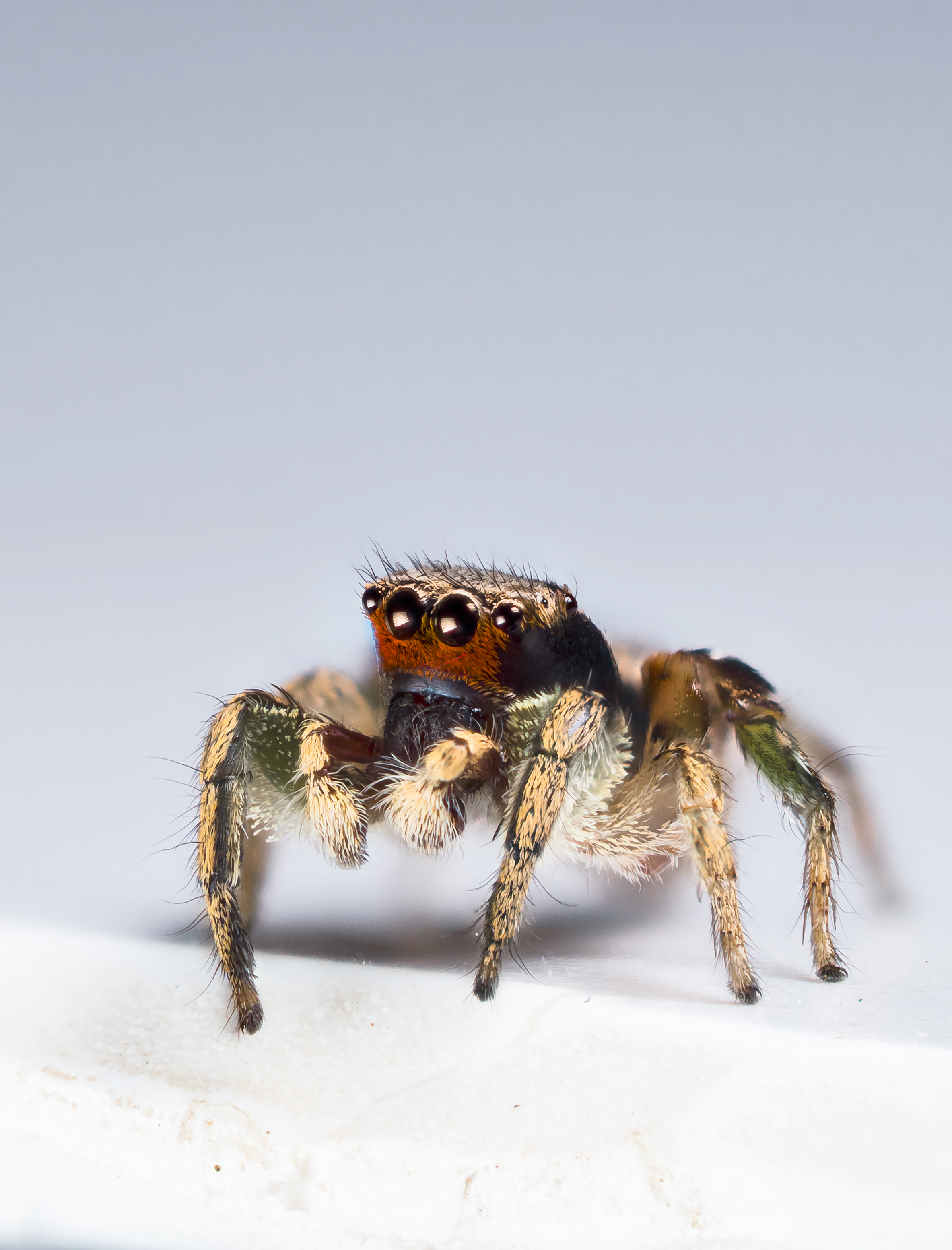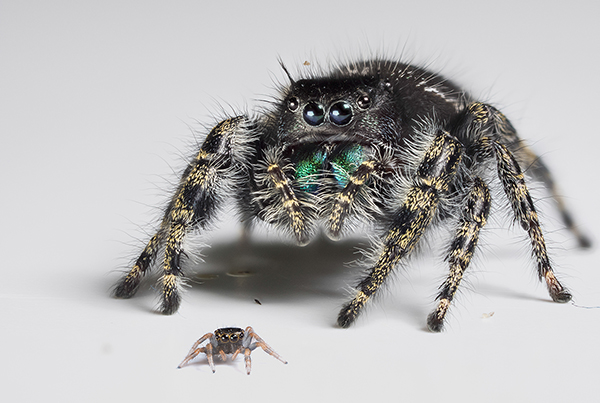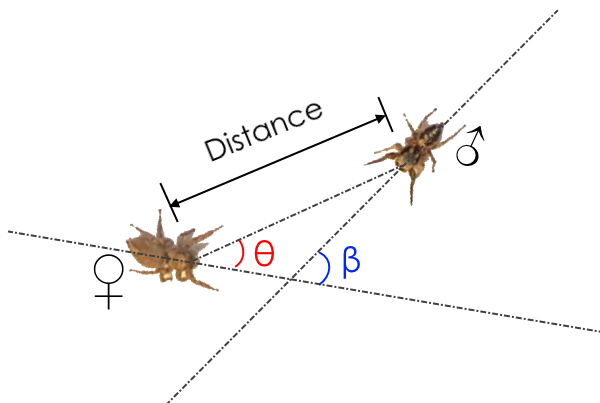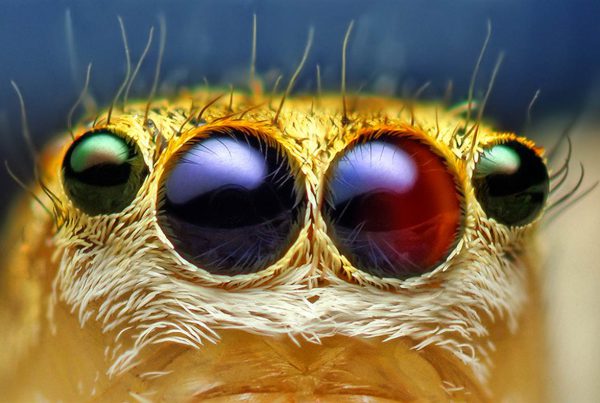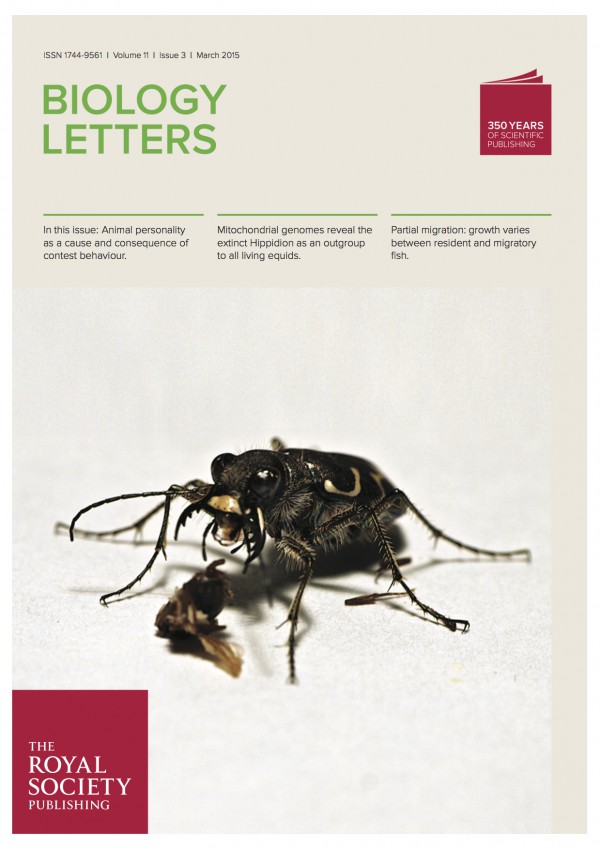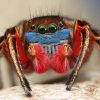I am interested in the ways evolution, ecology, and behavioral demands have shaped vision in invertebrates. This involves comparative investigations of sensory physiology, visual signals, and locomotory behavior, taking into account all wwws from the natural sensory “Umwelt” to optical and neuronal data acquisition and processing. My research also explores visual guidance laws controlling animal behavior, and investigates active vision strategies such as gaze movements. I have employed a wide array of techniques, from psychophysics over spectrophotometry and electrophysiology, to ‘unrestrained’ behavioral experiments coupled with high speed video analysis. More about my work below and on my personal website at danielzurek.com.
2001-2007 Diplom in Biologie, Universität Kassel & Max Planck Institute for Intelligent Systems, Germany. Thesis Advisor: Stanislav N. Gorb
2008-2012 Ph.D. in Brain, Behaviour and Evolution, Macquarie University, Sydney, Australia. Advisors: Ximena Nelson, Christopher S. Evans, David O’Carroll
2012-2014 PostDoc with Cole Gilbert, Dept. of Entomology, Cornell University, Ithaca, NY, USA.
2014-now PostDoc with Nate Morehouse, Dept. of Biological Sciences, University of Pittsburgh, PA, USA


